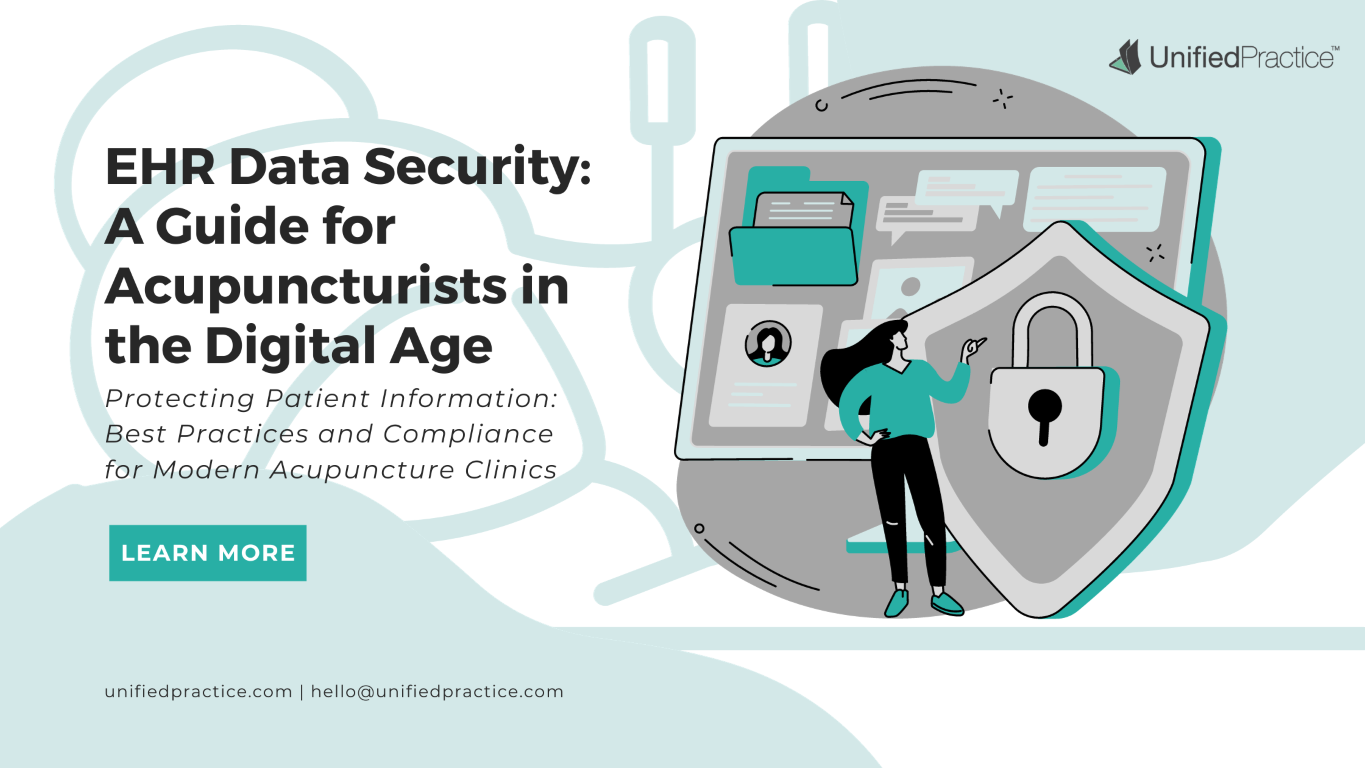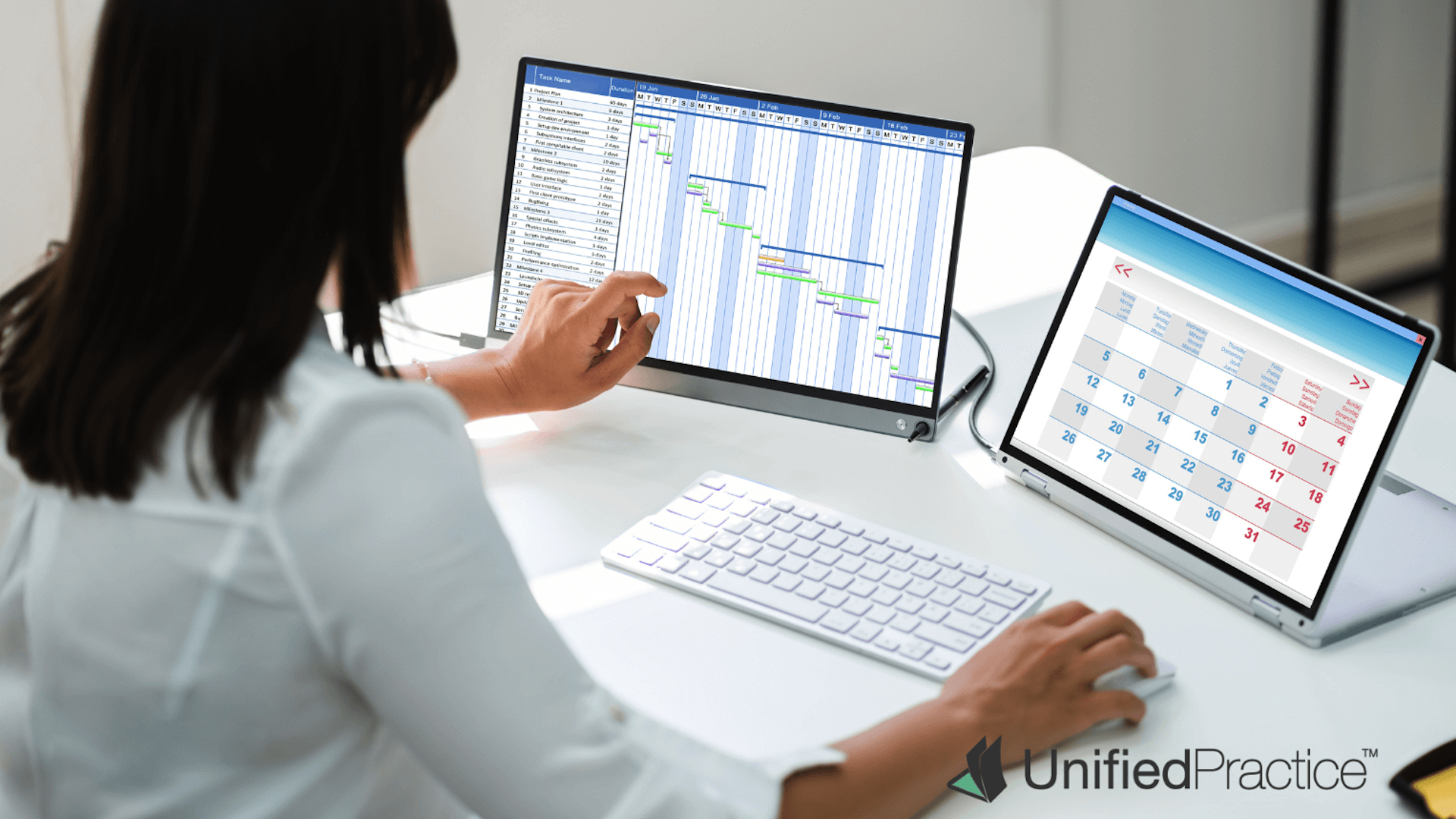During a time when the world is facing the highest rate of anxiety and depression, meditation is one of the best tools you can arm your patients with, especially with the necessity of telehealth on the rise.
Why now is a good time to teach your patients how to meditate
Telehealth became a necessity at the beginning of the COVID-19 quarantine period, which changed the way healthcare providers have and will continue to go about caring for their patients.
In the world of TCM, which relies heavily on touch, there will need to be certain adjustments practitioners will need to make, including what services they provide in addition to or in place of their touch-forward offerings. That’s where teaching your patients via video sessions or pre-recorded classes how to perform low-risk treatments like at-home acupressure and meditation take on larger roles.
Before COVID-19, millions of people were suffering from stress, anxiety and depression. According to the World Health Organization (WHO), more than 264 million people of all ages around the world suffer from depression. With depression often also comes anxiety. In fact, nearly 50% of people diagnosed with depression are also diagnosed with anxiety. And, this was before people were forced into a quarantine period, lost their jobs, got sick themselves, or lost loved ones due to COVID-19.
When it comes to meditation, it’s been scientifically proven that creating the habit of meditation can lessen feelings of fear, stress and anxiety as well as help with managing depression. Studies have shown both short-term and long-term reductions in depression in thousands of adult participants. By practicing mindful meditation daily, the brain learns to remain calm, even when faced with stress-inducing situations.
Besides stress, depression and anxiety, meditating can also help with insomnia, memory loss, high blood pressure, addiction, and pain.
Types of Meditation
There are two main styles of meditation: Focus-attention meditation and open-monitoring meditation.
Focus-attention meditation helps refocus attention onto one single object, thought, visualization, or sound. This type of meditation often focuses on a mantra, a calming sound or breathing to help clear clutter from your mind and lessen distractions.
Open-monitoring meditation is the opposite of focus-attention meditation. This style of meditation encourages opening up to all that is in your environment, including following train of thought, instead of focusing on one singular thing. Open-monitoring meditation helps you bring awareness to thoughts, feelings, and impulses you consistently try to suppress.
Listen to your patient to get a better understanding of what’s bothering them. If they feel overwhelmed by all that’s going on in the world, focus-attention meditation would benefit them more than open-monitoring meditation.
How to teach your patients to meditate
How-to blog articles or a step-by-step video on how to meditate are great ways of providing valuable content to your patients that they can refer back to time and again.
Start with a how-to video or article. Consider talking about the importance of how to sit in an alert yet relaxed position, how to focus on a slow breathing pattern, and how to refocus their attention back to their breathing when their mind naturally wanders. Then, you can record your own 5-10 minute guided meditation that can be customized to your patient’s specific needs. See how to record and market a how-to video for your patients here.
Along with your article and videos, consider providing your patients with outside free resources. This will help them understand the style of meditation they like best and help them improve their daily habit. Here is a list of free guided meditation resources:
- UCLA (offered in English and Spanish)
- Mindful.org
- Head In The Clouds
Want more content like this? Sign up for our newsletter now!




